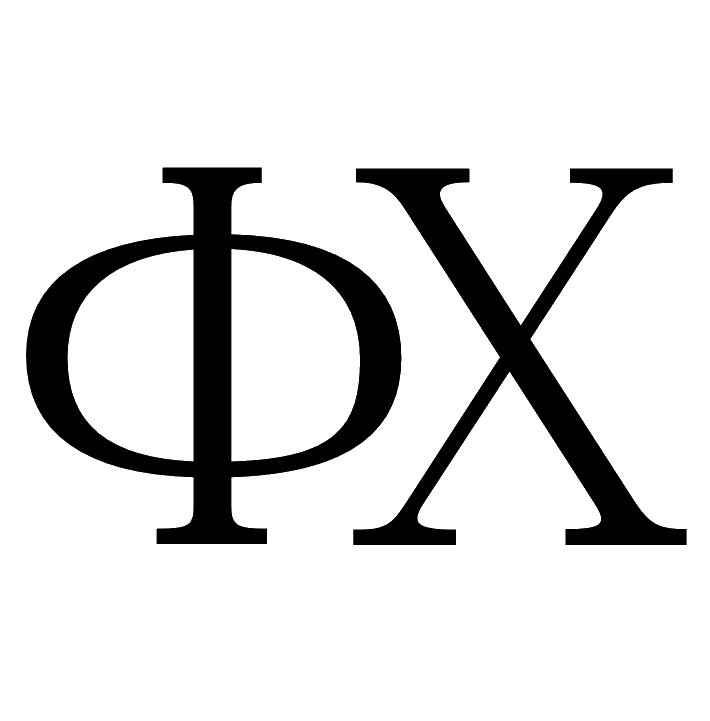Film irradiation of perovskite structures with charged particles
A.P. Bukreev, E.N. Muratova, V.A. Moshnikov
Saint Petersburg Electrotechnical University «LETI» named after V.I. Ulyanov (Lenin)
DOI: 10.26456/pcascnn/2023.15.075
Short communication
Abstract: Hybrid halide perovskites of the ABX3 composition are promising materials for use in optoelectronics and photovoltaics. To enhance the efficiency of structures based on perovskite, simulating the influence of the environment on the structures in laboratory conditions, irradiating them with various charged particles, has become a relevant task. This study explores possible irradiation methods for films with perovskite structures using various charged particles, such as alpha and gamma particles, protons, and electrons. Additionally, the impact of these processes on the properties and application domains of such structures is assessed. The research results showed that films based on perovskites (for example, CsPbBr3) have a very fast response (τ ∼5 ns) to irradiation with both alpha particles (with energy of ∼5 MeV) and protons. At the same time, they have the ability to fully restore to the initial conditions in a few hundred milliseconds after the cessation of irradiation. It has been shown that organic-inorganic hybrid perovskites are more sensitive to the action of an electron beam than inorganic onesAn increase in the dose of gamma irradiation leads to a decrease in the band gap (from 2,35 to 2,14 eV), a shift in the photoluminescence peak towards longer wavelengths and a decrease in the resistance of the grain boundaries. The effect of the gamma radiation dose on properties makes perovskite thin films very useful as sensor materials.
Keywords: perovskites, irradiation, charged particles, solar energy, photoluminescence, ion beams, detectors
- Albert P. Bukreev – 6th year student, Department of Micro- and Nanoelectronics, Saint Petersburg Electrotechnical University «LETI» named after V.I. Ulyanov (Lenin)
- Ekaterina N. Muratova – Ph. D., Associate Professor, Department of Micro- and Nanoelectronics, Saint Petersburg Electrotechnical University «LETI» named after V.I. Ulyanov (Lenin)
- Vyacheslav A. Moshnikov – Dr. Sc., Professor, Department of Micro- and Nanoelectronics, Saint Petersburg Electrotechnical University «LETI» named after V.I. Ulyanov (Lenin)
Reference:
Bukreev, A.P. Film irradiation of perovskite structures with charged particles / A.P. Bukreev, E.N. Muratova, V.A. Moshnikov // Physical and chemical aspects of the study of clusters, nanostructures and nanomaterials. — 2023. — I. 15. — P. 75-84. DOI: 10.26456/pcascnn/2023.15.075. (In Russian).
Full article (in Russian): download PDF file
References:
1. Khudyakov D.V., Ganin A.V., Lyashedko A.D. et al. Thin films of MAPbI3 and MA0.15FA0.75Cs0.1PbI3perovskites under femtosecond laser irradiation: nonlinear optical absorption and kinetics of photodegradation, Mendeleev Communications, 2021, vol. 31, issue 4, pp. 456-458. DOI: 10.1016/j.mencom.2021.07.006.
2. Matyushkin L.B., Moshnikov V.A. Photoluminescence of perovskite CsPbX 3 (X = Cl, Br, I) nanocrystals and solid solutions on their basis, Semiconductors, 2017, vol. 51, issue 10, pp. 1337-1342. DOI: 10.1134/S106378261710013X.
3. Verma C.P., Kandasami A., Kanjilal D., Prakash G.V. Photonic cavity mode tuning in porous silicon-based microcavities by He+ and H+ ion irradiation, Special Collection: Radiation Effects in Materials, 2022, vol. 131, issue 19, art. id. 195703, 10 p. DOI: 10.1063/5.0087632.
4. Caricato A.P., Moretto S., Guascito M.R. et.al. High scintillation yield and fast response to alpha particles from thin perovskite films deposited by pulsed laser deposition, Frontiers in Physics, 2022, vol. 10, art. no. 957991, 12 p. DOI: 10.3389/fphy.2022.957991.
5. Spivak Y., Muratova E., Moshnikov V. et al. Improving the conductivity of the PEDOT: PSS layers in photovoltaic cells based on organometallic halide perovskites, Materials, 2022, vol. 15, issue 3, art. № 990, 11 p. DOI: 10.3390/ma15030990.
6. Brus V.V., Lang F., Bundesmann J. et al. Defect dynamics in proton irradiated CH3NH3PbI3 perovskite solar cells, Advanced Electronic Materials, 2017, vol. 3, issue 2, art. № 1600438, 9 p. DOI: 10.1002/aelm.201600438.
7. Stopping and range of ions in matter. Available at: http://www.srim.org/index.htm. (accessed 01.09.2023).
8. Basiricò L., Fratelli I., Verdi M. et al. Mixed 3D–2D perovskite flexible films for the direct detection of 5 MeV protons, Advanced Science, 2022, vol. 10, issue 1, art. no. 2204815, 8 p. DOI: 10.1002/advs.202204815.
9. Martínez W.O.H., Giudici P., Guerrero N.B.C. et al. Effect of high energy proton irradiation on MAPbI3 films for space applications observed by micro-Raman, Materials Advances, 2020, vol. 1, issue 6, pp. 2068-2073. DOI: 10.1039/d0ma00583e.
10. Jin B., Zhao D., Liang F. et al. Electron-beam irradiation induced regulation of surface defects in lead halide perovskite thin films, Science and Technology, 2021, vol. 2021, art. id 9797058, 11 p. DOI: 10.34133/2021/9797058.
11. Jin B., Liang F., Zhao D. et al. Suppression of phase transitions in perovskite thin films through cryogenic electron beam irradiation, Nano Letters, 2022, vol. 22, issue 18, pp. 7449-7456. DOI: 10.1021/acs.nanolett.2c02368.
12. Aldawood S., Ali S.A., Qaid S.M.U. et al. Gamma ray-induced effects on the properties of CsPbBr3 perovskite thin film, Journal of King Saud University – Science, 2021, vol. 34, issue 2, art. no. 101802, 13 p. DOI: 10.1016/j.jksus.2021.101802.
13. Aldawood S., Bannoob W.M., Garawi M.S. et al. Study and characterization of γ-ray doses dependent properties of CuPbI3 perovskite thin films, Journal of Materials Research and Technology, 2021, vol. 14, pp. 108-120. DOI: 10.1016/j.jmrt.2021.06.034.
